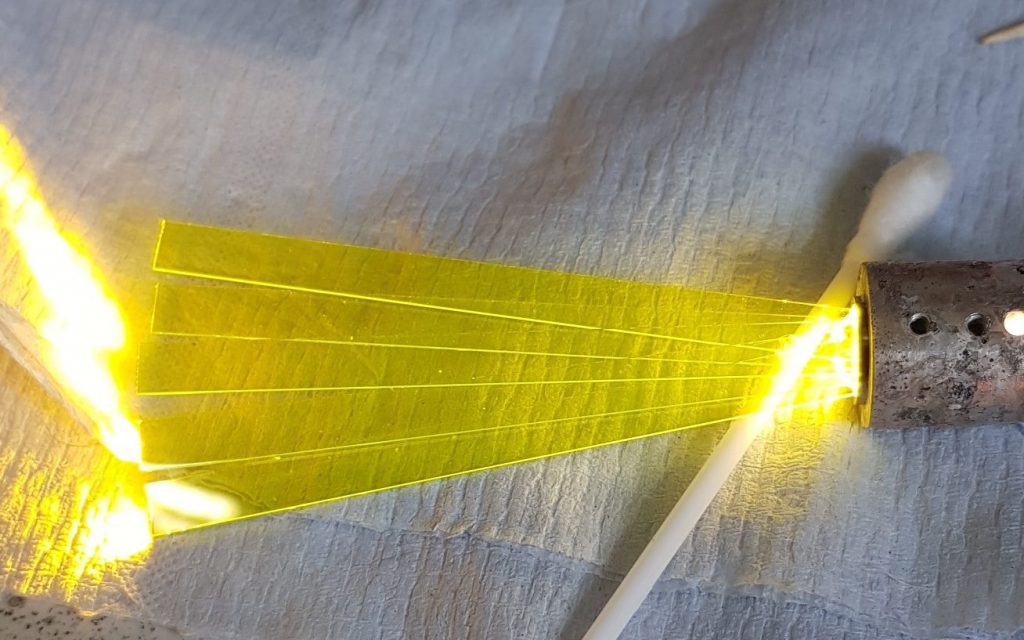
Many Undergraduate students in the Department of Materials will choose to undertake an Undergraduate Research Opportunity Programme. Sometimes the research can lead to co-authorships with the academic group.
This was the case for second-year Undergraduate student Yingxu Li and fourth-year Undergraduate student Seif Mehanna, whose research contributed to a recent paper with Dr Mark Oxborrow, now published in Physical Review Applied. The paper demonstrates how a cheap organic material can be exploited to detect extremely weak radio signals so weak that the signal contains only a small number of radio-frequency photons.
Both students have provided us with a snapshot of the research they did for the paper and their UROP experience.
Seif Mehanna
My part of the research aimed to see if we could get a maser to run using a much cheaper and less bulky light source than a massive medical laser. Lasers tend to be very inefficient at producing yellow light, so we used a luminescent concentrator instead. Luminescent concentrators are devices that concentrate and shift the colour of light, so you end up with a very bright light with the desired wavelength (colour).
I made this very simple setup where we had a luminescent concentrator that Dr Oxborrow had made earlier, surrounded it with two Soviet-made Xe-flash lamps held up with lab clamps, and had a sample at the end of the concentrator that we tried to get to mase. As old as those lamps were, they’re very energy efficient and did a great job! They were so powerful that you could feel when they went off, just like with the flash in a professional studio. Sometimes you don’t need the newest and fanciest equipment to be on the cutting edge of science!
I’m pleased to see the consequences of my research included in this paper, and I hope that it shows that you can have fun and look to the past while doing pioneering research to advance the future.
Yingxu Li
My research contribution to the paper was to render the instrument setup of this newly-developed MASTER, trying to make it look real as in reality. Figures 5(a) and (b) in the publication were produced by the 3-D rendering program, “Blender”.
This UROP was the first-ever research experience in my life, definitely unforgettable! Although the whole programme shifted to online-based, I learned a lot about MASER and 3D graphical modelling using Blender software. Also, the working vibe in Dr Mark Oxborrow’s team was so welcoming, and everyone in the team was happy to help me as “a baby in scientific research”. It gave me an immersive insight into researchers’ lives and a taste of how a publication paper was produced. Last but not least, thank you to Dr Oxborrow for allowing me to contribute to the paper. It made the summer of 2020 so special!
I hope this can show the fantastic opportunities available to students in our department.
Hear more from our students about their UROPs and find out how to apply.